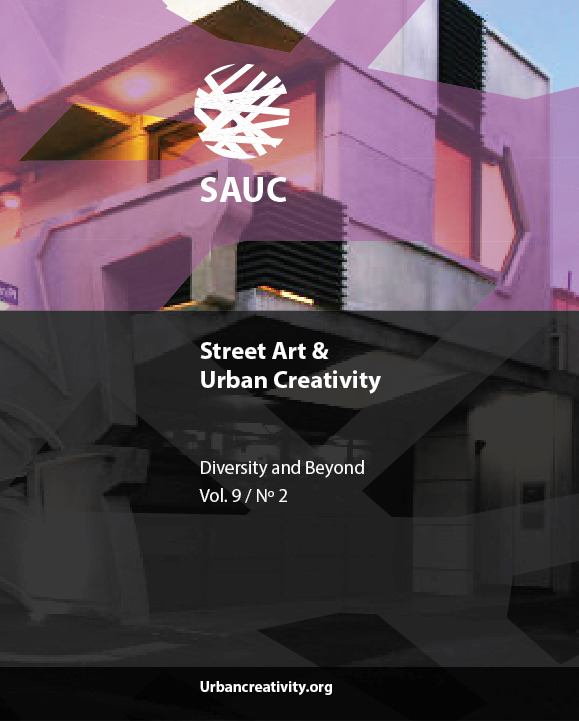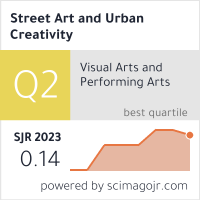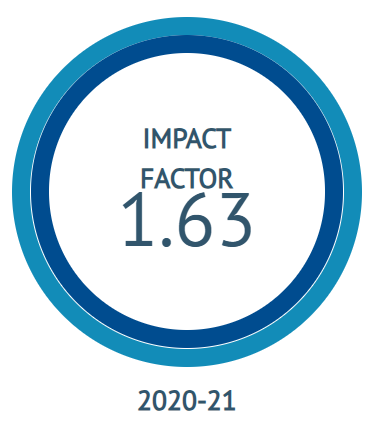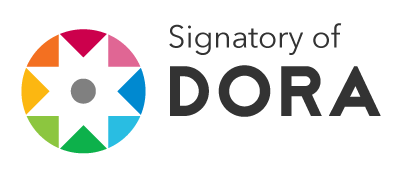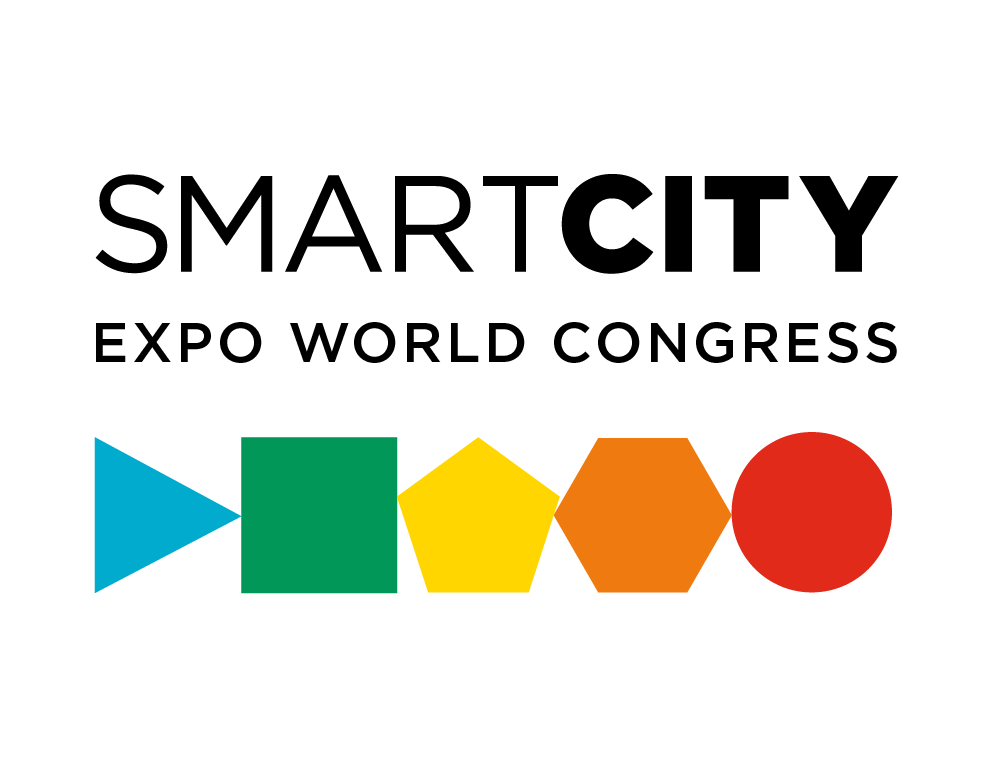Graffiti Applications in an Interdisciplinary Context
DOI:
https://doi.org/10.25765/sauc.v9i2.776Keywords:
public art, post-grafiti, interdisciplinary grafiti, art practices, public spaceAbstract
Cities, which are environments of social encounter, have versatile effects on our lives as dense living spaces. One of the most important communication tools of the social environment is the street walls, which are now the public spaces of cities. This phenomenon, which belongs to the city and emerges within the framework of the city's own cycles, expresses a protest stance that reveals a new perspective with its styles, techniques, figures and conceptual dimension. In the article, the concepts of public space and art in public spaces are discussed, and graffiti, which establishes connections between different art disciplines, is defined. While the reflections of this old form of art in the contemporary world were determined, an attempt was made to understand the point reached in the evolution of graffiti as a form of expression. In particular, by examining the emergence and development processes of graffiti after 1960 and its related post-graffiti art, the most important styles, figures and techniques of graffiti have been researched, and in this context, the interdisciplinary practices of Add Fuel (Diogo Machado), Shepard Fairey, Peeta, Hozoi, Nancy Kubale, Examples of works by artists such as Zedz, Zvi Belling and Prowla, Jan Wöllert and Jörg Miedza, and Roberto Lugo are given.
Downloads
Global Statistics ℹ️
|
248
Views
|
85
Downloads
|
|
333
Total
|
|
Downloads
Published
How to Cite
Issue
Section
License
Those authors who publish in this journal accept the following terms:
-
Authors retain copyright.
-
Authors transfer to the journal the right of first publication. The journal also owns the publishing rights.
-
All published contents are governed by an Attribution-NoDerivatives 4.0 International License.
Access the informative version and legal text of the license. By virtue of this, third parties are allowed to use what is published as long as they mention the authorship of the work and the first publication in this journal. If you transform the material, you may not distribute the modified work. -
Authors may make other independent and additional contractual arrangements for non-exclusive distribution of the version of the article published in this journal (e.g., inclusion in an institutional repository or publication in a book) as long as they clearly indicate that the work was first published in this journal.
- Authors are allowed and recommended to publish their work on the Internet (for example on institutional and personal websites), following the publication of, and referencing the journal, as this could lead to constructive exchanges and a more extensive and quick circulation of published works (see The Effect of Open Access).

